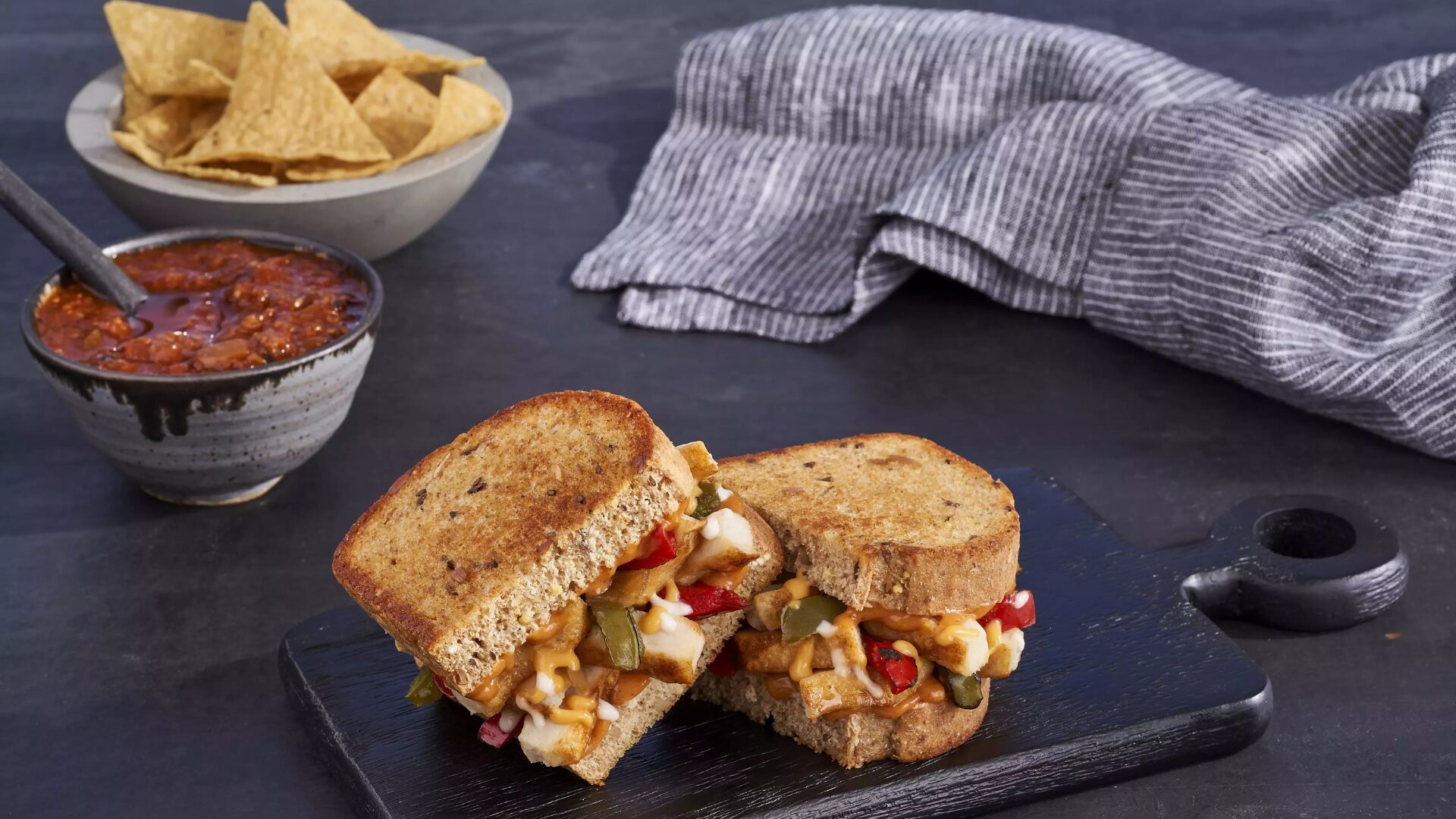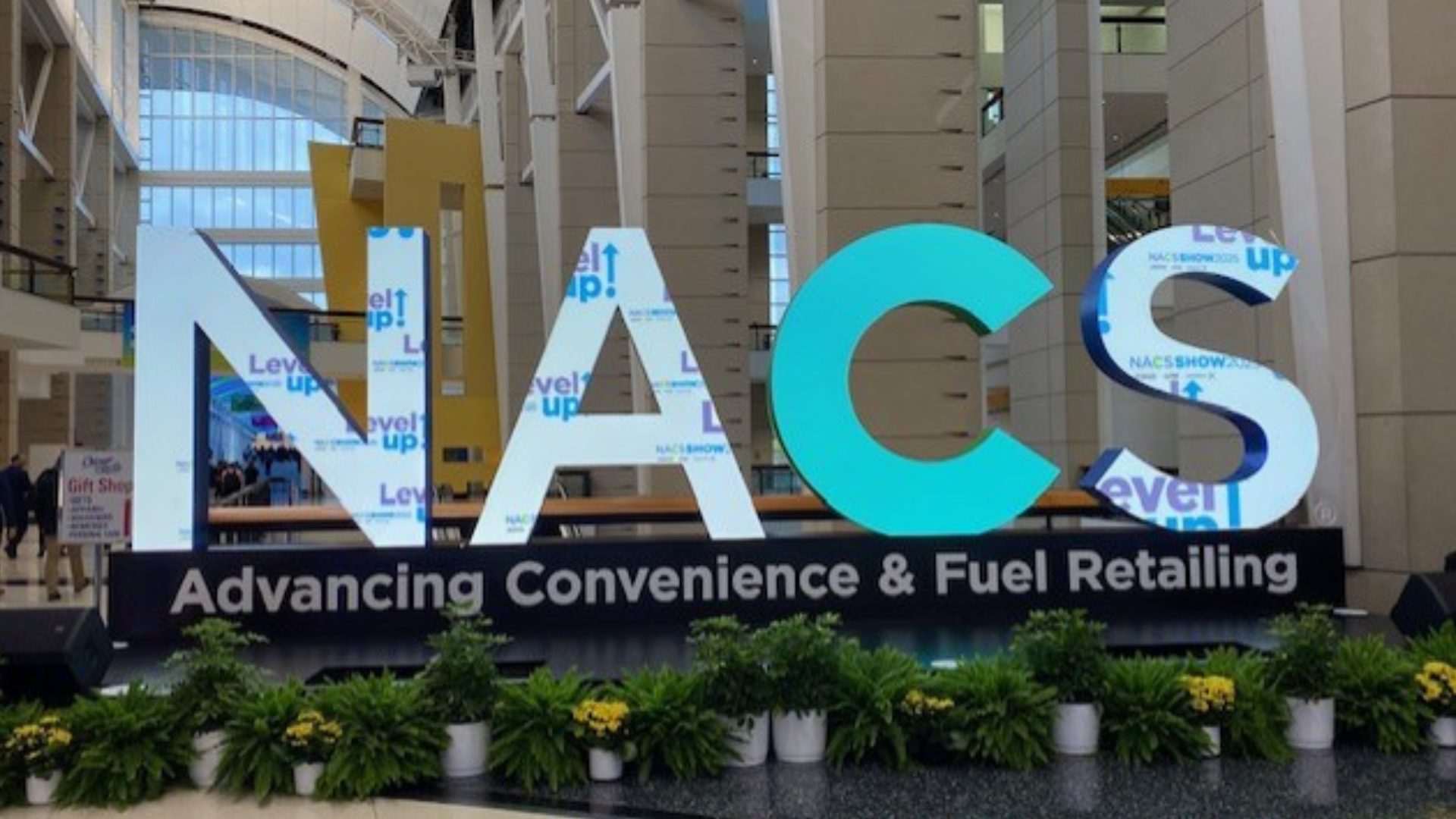There’s a revolution underway in food and it’s being driven by something you won’t find in the grocery aisle or on a restaurant menu.
Demand for GLP-1 medications like Ozempic and Wegovy have exploded in popularity thanks to their effectiveness in supporting weight loss. As millions of Americans embrace these drugs, we’re witnessing a category-defining shift in how and what people eat.
The food industry is scrambling to keep up.
What’s pushing brands to rethink everything from portion size to nutrient density is the reduction of size and frequency of daily meals and snacks that individuals on GLP-1 medications are experiencing. Such medications cause a dramatic decrease in overall hunger. And the industry response, so far, is nothing short of transformative.
Earlier this year, Nestlé announced the launch of Vital Pursuit, a new line of frozen meals designed specifically for GLP-1 users and others on their own personal weight-loss/weight-management journeys. These portion-conscious meals are high in protein, fiber rich, and fortified with key nutrients like calcium and potassium aimed at helping consumers get more from less. As Nestlé put it in its announcement, Vital Pursuit is about “meeting evolving consumer needs with innovative solutions rooted in science and nutrition.”
And Nestlé is hardly alone. General Mills has leaned into its high protein Progresso soups and lower-sugar baking mixes. Conagra has added an “On Track” label to select Healthy Choice products to signal alignment with weight-conscious consumers. Daily Harvest, known for its plant-based frozen meals and smoothies, recently launched a GLP-1 Companion Food Collection creating meals curated by dietitians to help users maintain muscle mass and digestive health.
These brands didn’t come together by coincidence. It’s the beginning of a broader movement toward functional food designed for a very specific, growing consumer demographic.
What we’re seeing isn’t just a diet trend. It’s a full reorientation of how consumers are relating to food and health.
People on GLP-1 medications are looking for more than just low-calorie options. They want meals that support their new metabolic reality that also fit into their lifestyle. That means fewer empty carbs and more purposeful ingredients. They have to do real work in the body, too, like high fiber that slows digestion and plant-based proteins that support lean muscle mass retention.
This isn’t just about smaller portions, it’s about smarter ones.
Formulating food for GLP-1 users requires more than slapping on a “high protein” label or cutting sugar. It demands a deep understanding of how food interacts with our biology, particularly in the context of gut hormones, microbiome health, and long-term satiety.
Food companies that get this right will find themselves on the leading edge of a fast-growing market. Those that don’t risk being left behind, as consumers gravitate toward products that actually support their evolving health goals. If these newly developed products are able to give consumers a metabolic health boost as well, then they’re all the better for it.
GLP-1s have introduced a new rhythm to how people eat. The food industry’s job now is to create products that harmonize with it.
This shift is reshaping the innovation pipelines and product roadmaps of food companies both large and small. Ingredients once considered niche, such as resistant starches and beta glucans, are now taking center stage for their ability to promote fullness and satiety, regulate glucose, and support gut health.
At the same time, consumer education is becoming a crucial part of product development, with brands investing in messaging that explains not just what’s inside, but why it matters in the context of metabolic health.
We’re entering an era where food isn’t just fuel. It’s a tool for managing appetite, enhancing quality of life, and even prolonging the effects of pharmaceutical interventions. This convergence of biotech meets nutrition science and consumer demand is setting the stage for a new category of eating.
The Food Institute Podcast
It’s tariff time, and companies the world over are working to better understand how their operations will be impacted. Jodi Ader from RSM US LLP joined The Food Institute Podcast to discuss which products and inputs are currently subject to tariffs, and how to best mitigate supply chain risks.











